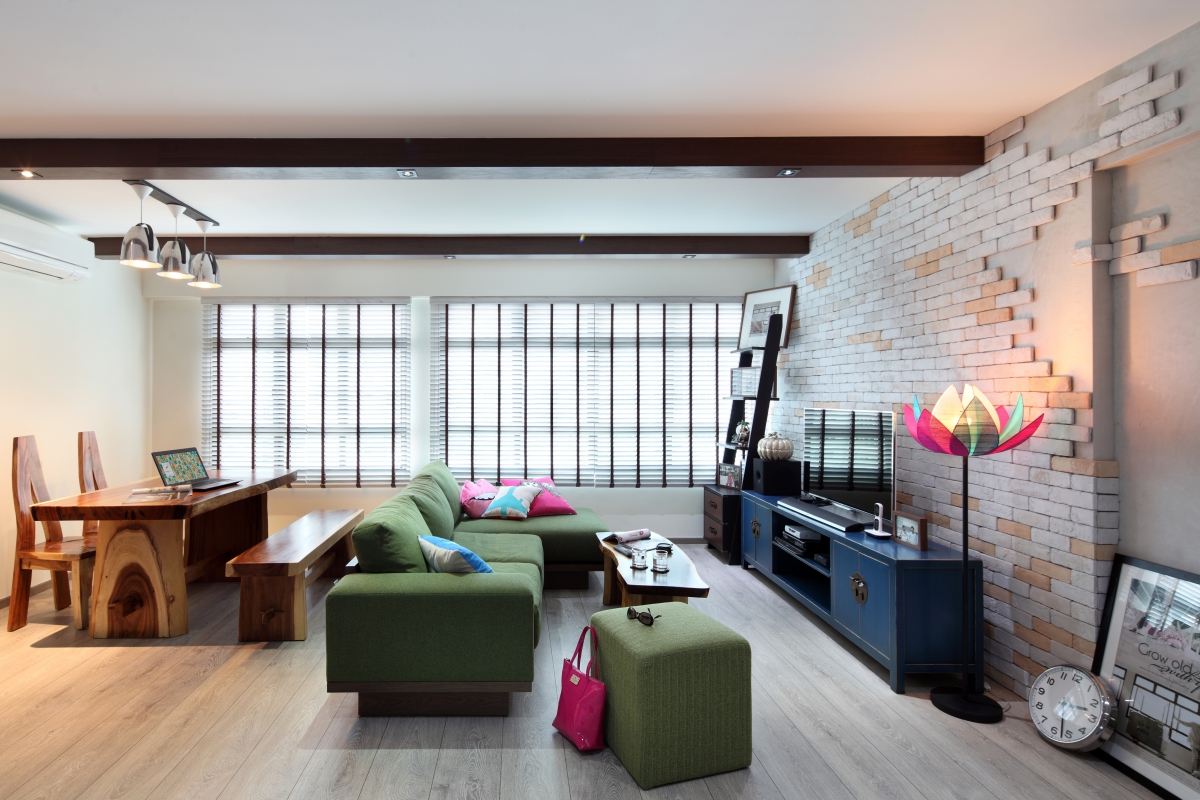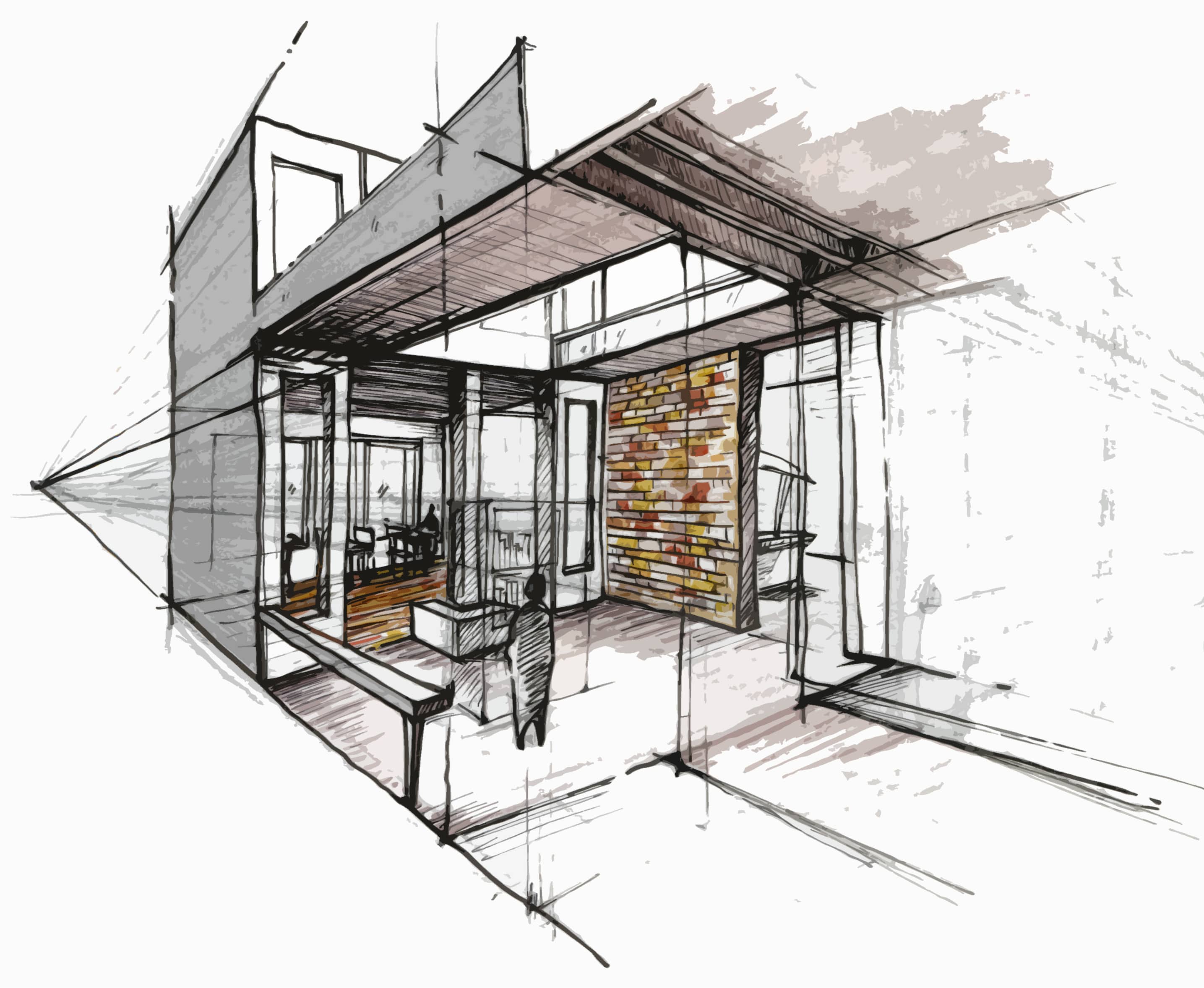How To Create A Conducive Study Area For Kids
Parenthood4 minutes read
3930 views
3930 views
For some parents, the hardest part of your day may involve getting your kids to focus on their their schoolwork, sometimes even unsuccessfully producing any results. Luckily though, creating a conducive environment for children to study in isn't as difficult as it may seem, and you'll likely have to just foliow these few steps!
1. Select The Right Area

When you construct a study area, make sure to situate it somewhere as far away from their play area as possible. Sometimes parents have both their children's toys and study desks placed in the same room, and that can pose as a distraction for the kids. You should never merge both of these areas, so it'll set the correct tone.
Also, make sure the room you've chosen has low-traffic, and family members rarely need to frequent the area. People walking back and forth can potentially distract your kids, or provide an opportunity for them to strike up conversations instead of concentrating on their work.
2. Motivating Children

Credit: pinterest.com
Kids may not always understand the importance of homework and achieving good grades, and creating a little vision board might help. Have a bulletin board placed in their study area, and fill it with motivational images or quotes. Have them write down simple goals so they'll feel more motivated when they fulfill them.
Check in on your children from time to time, ensuring they're productively making use of their time. However, avoid putting too much pressure on them, and instead, bring a healthy snack during your visits so they don't get burned out.
3. Appropriate Lighting

Credit: 1decor.net
Lighting is an extremely important factor when it comes to studying. First things first, avoid using table lamps, since your children may accidentally knock them over. Freestanding lamps with a weighted base or wall mounted lights work best.
An ideal study lamp should offer around 150 or more watts. If you can't seem to find a lamp that produces this much wattage, combine a few lamps. Use white or off-white lamp shades as well. Darker colours may end up decreasing the light output.
4. Have Ample Supplies

You'll never know what supplies your children might need, so have a variety of them well stocked at their study areas. Besides the usual papers, pens and highlighters, include items like scissors, glue and even coloured paper as well. You never know when the need for these supplies may arise.
Having enough supplies in sight allows your kids to continue their work without having to stop and search other areas of the house, which will end up breaking their concentration and may make it harder for them to resume their schoolwork after.
5. Let Them Design It

Credit: homify.in
Study areas can do with a touch of your children's personalities, so allow them input when it comes to the design process. Let them choose their desks and chairs, as well as the necessary accessories. Encourage the addition of bright colours, since they have the ability to motivate kids with a livelier looking environment.
A personalize study area makes children feel like they have ownership of the area, allowing them to feel more comfortable and at ease when using the space. In turn, they may put in more effort when it comes to schoolwork and studying.
Request for quotes and we'll match you with a selection of Interior Designers!
Previous
How To Invest When You Know NOTHING About Investing


 Sign Up with Google
Sign Up with Google

.jpg)